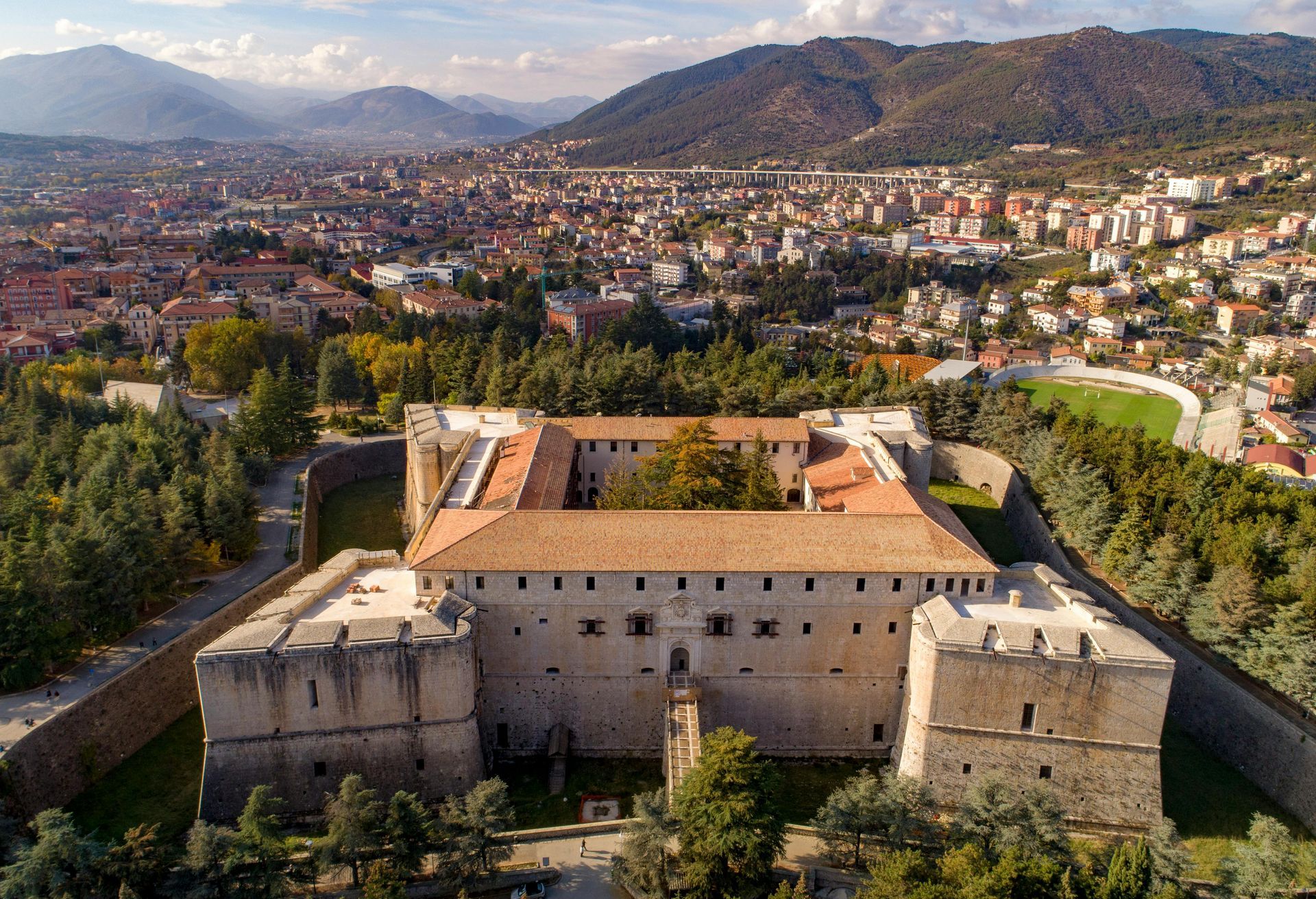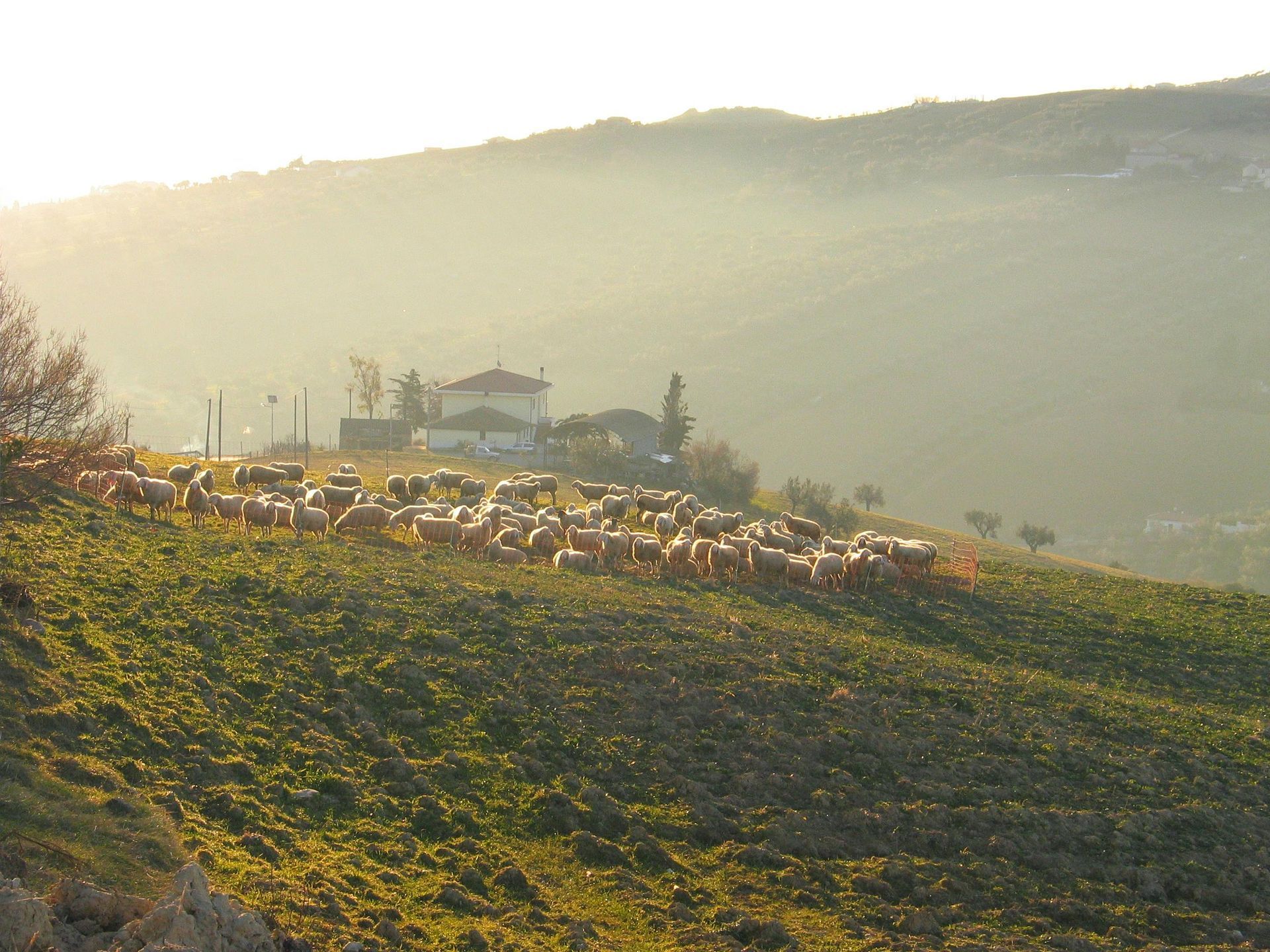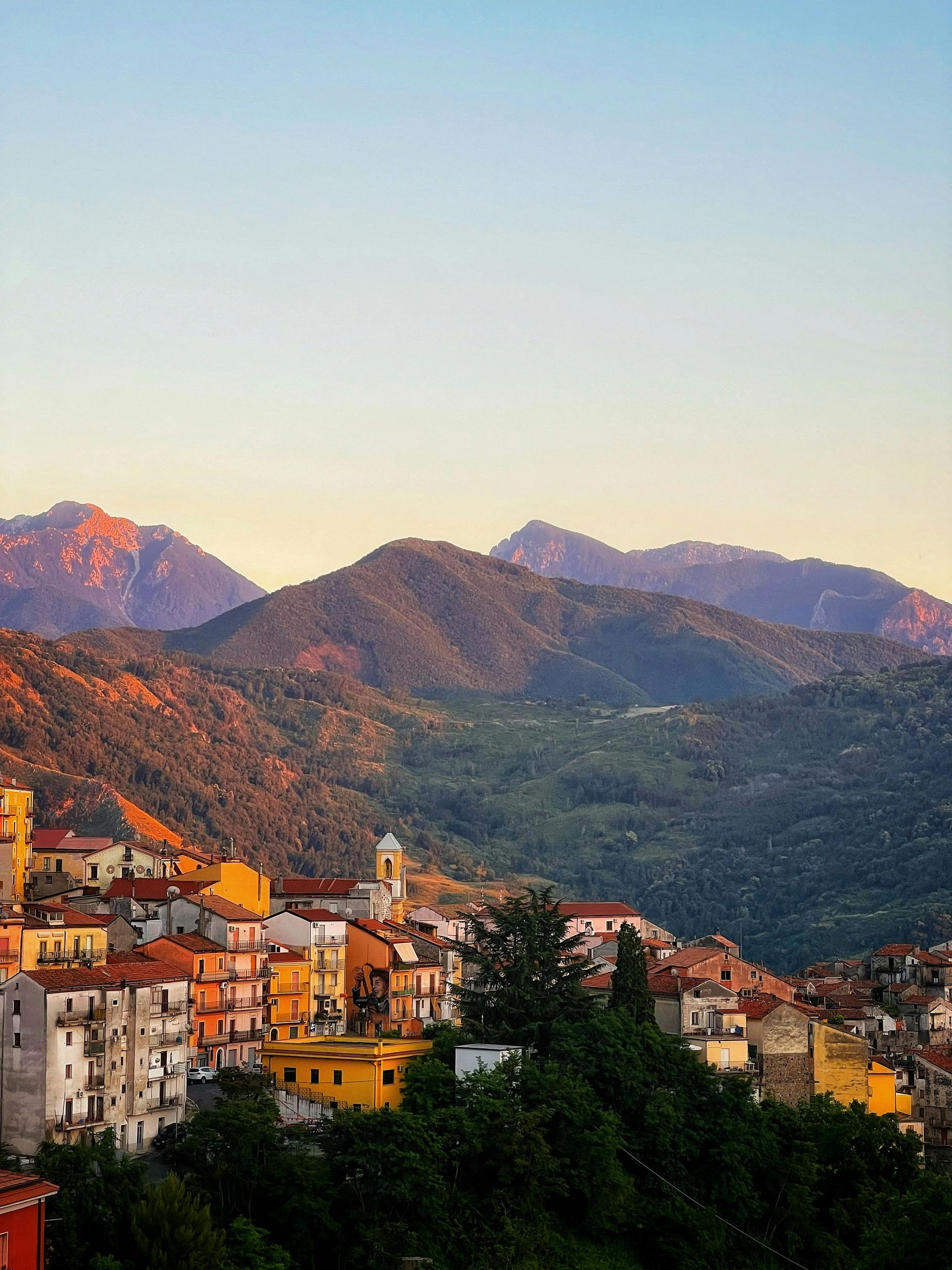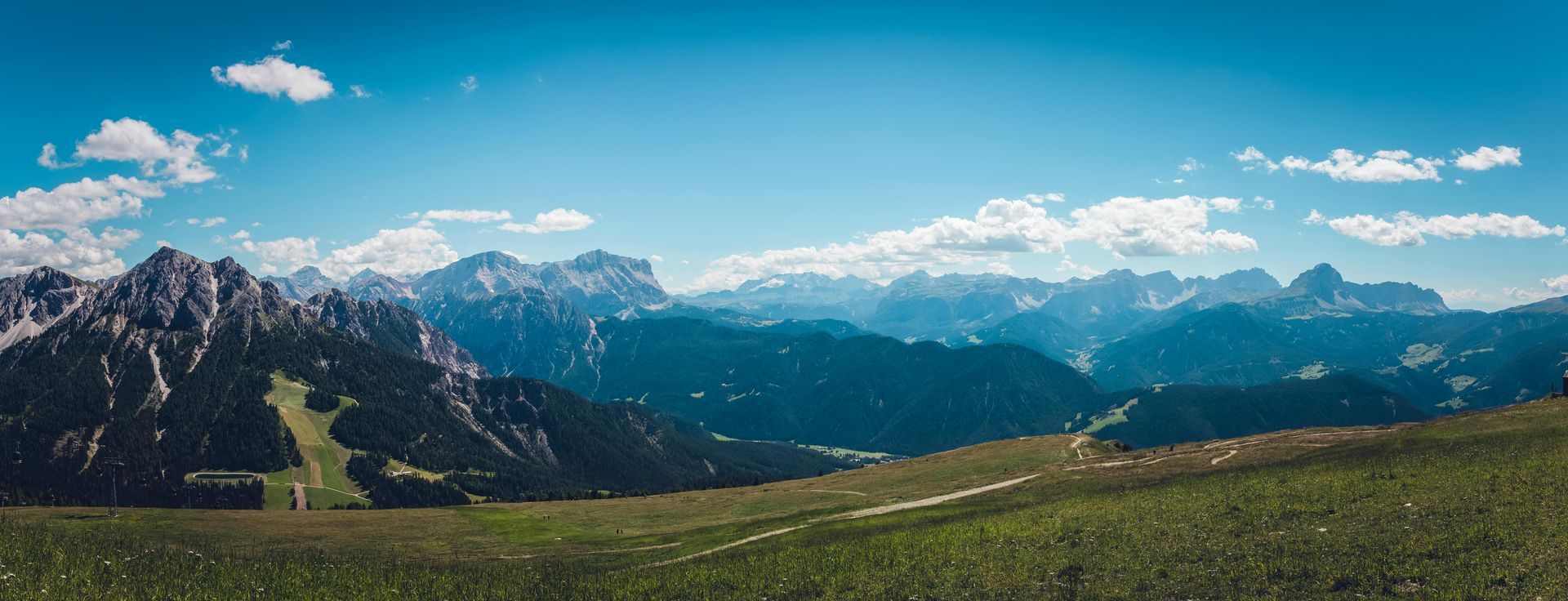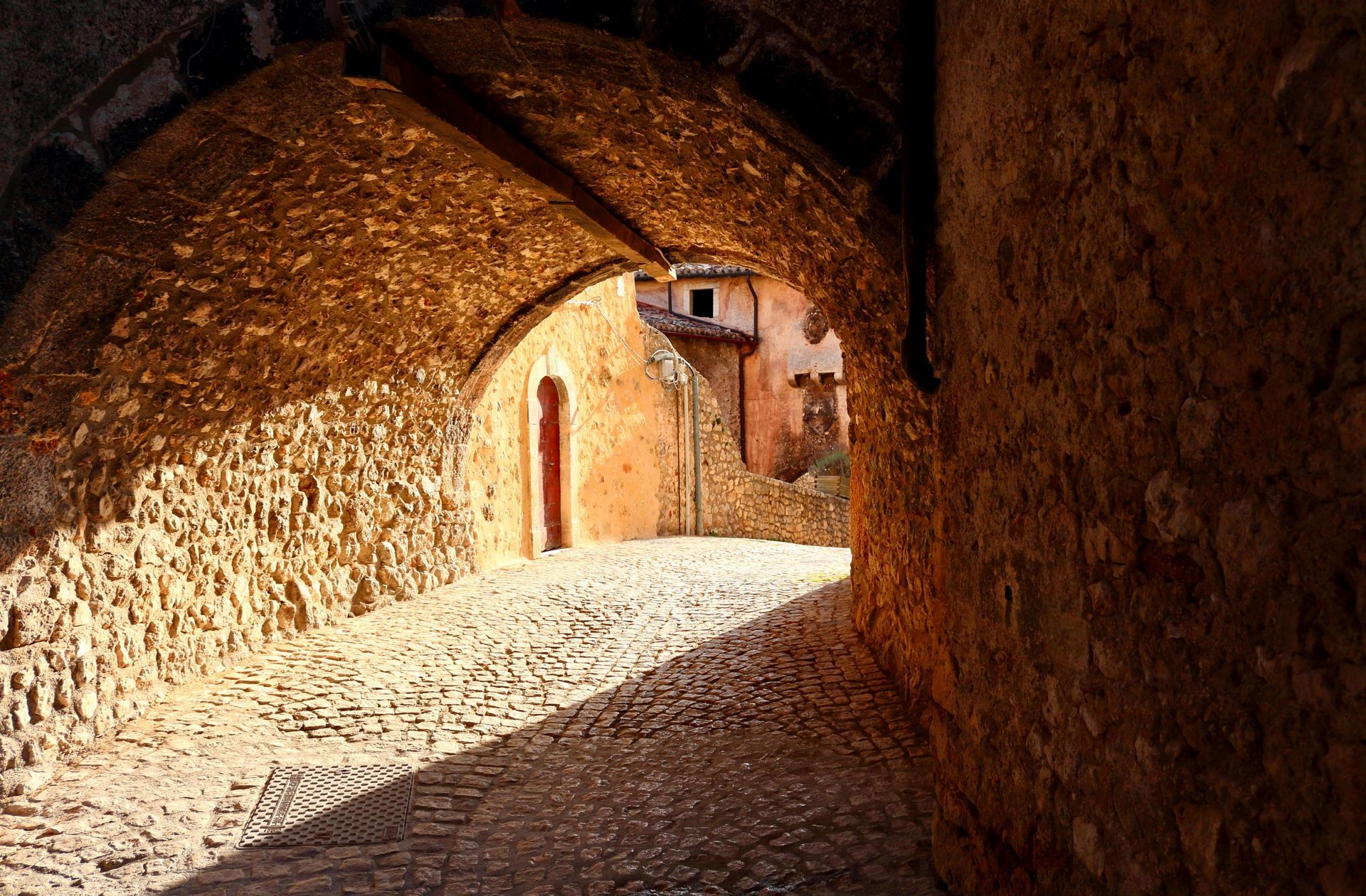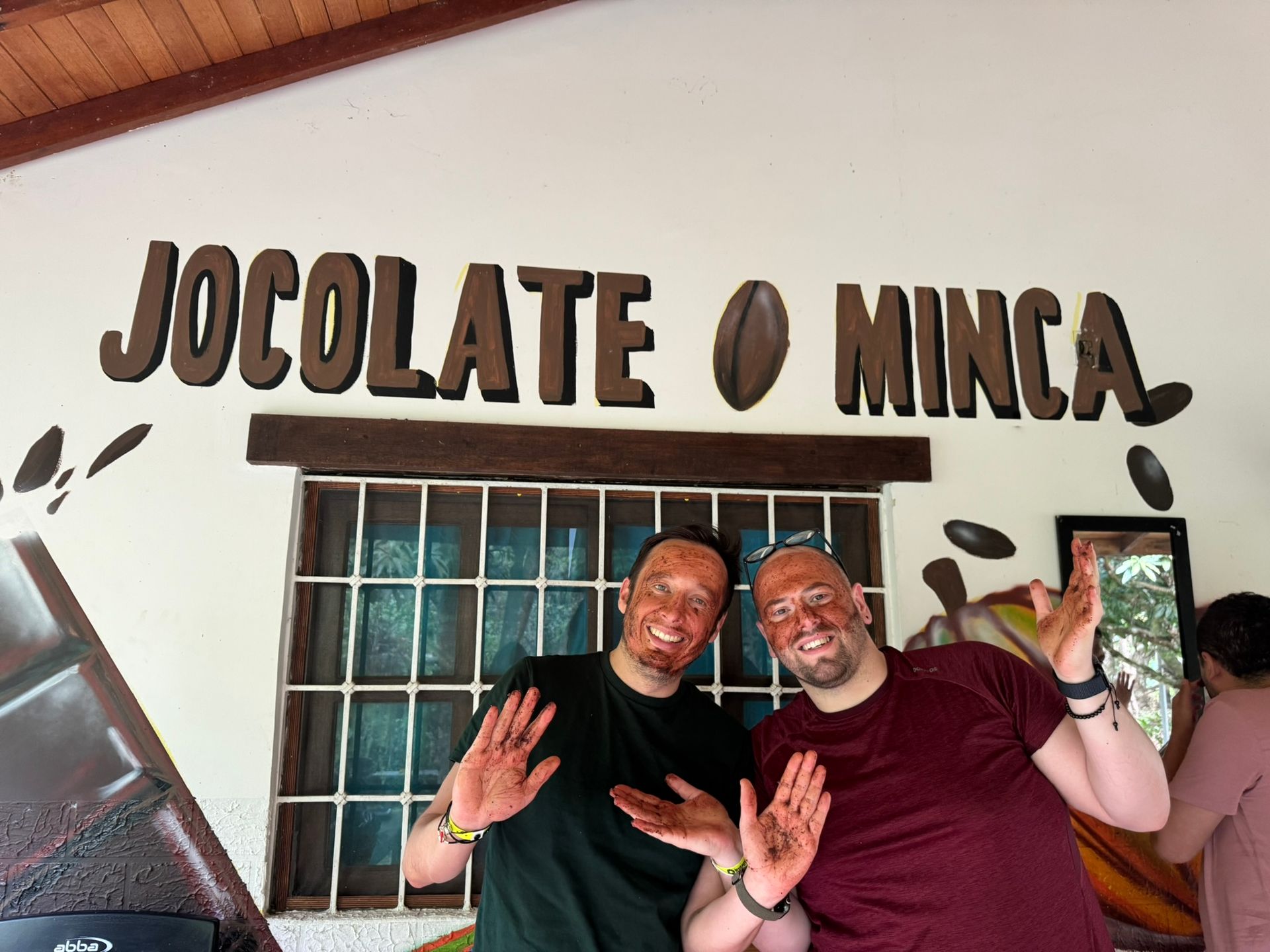Discovering Abruzzo's Hidden Villages: A Journey Through Italy's Best-Kept Secrets
Experience authentic Italian village life in Abruzzo's forgotten borghi, where ancient traditions meet modern sustainable tourism
Italy's Abruzzo region harbours some of the country's most authentic and untouched villages, far from the crowded tourist trails that define much of the peninsula. These hidden borghi represent the real Italy—places where time moves differently, where every stone tells a story, and where visitors can experience genuine Italian village life that has remained unchanged for centuries.
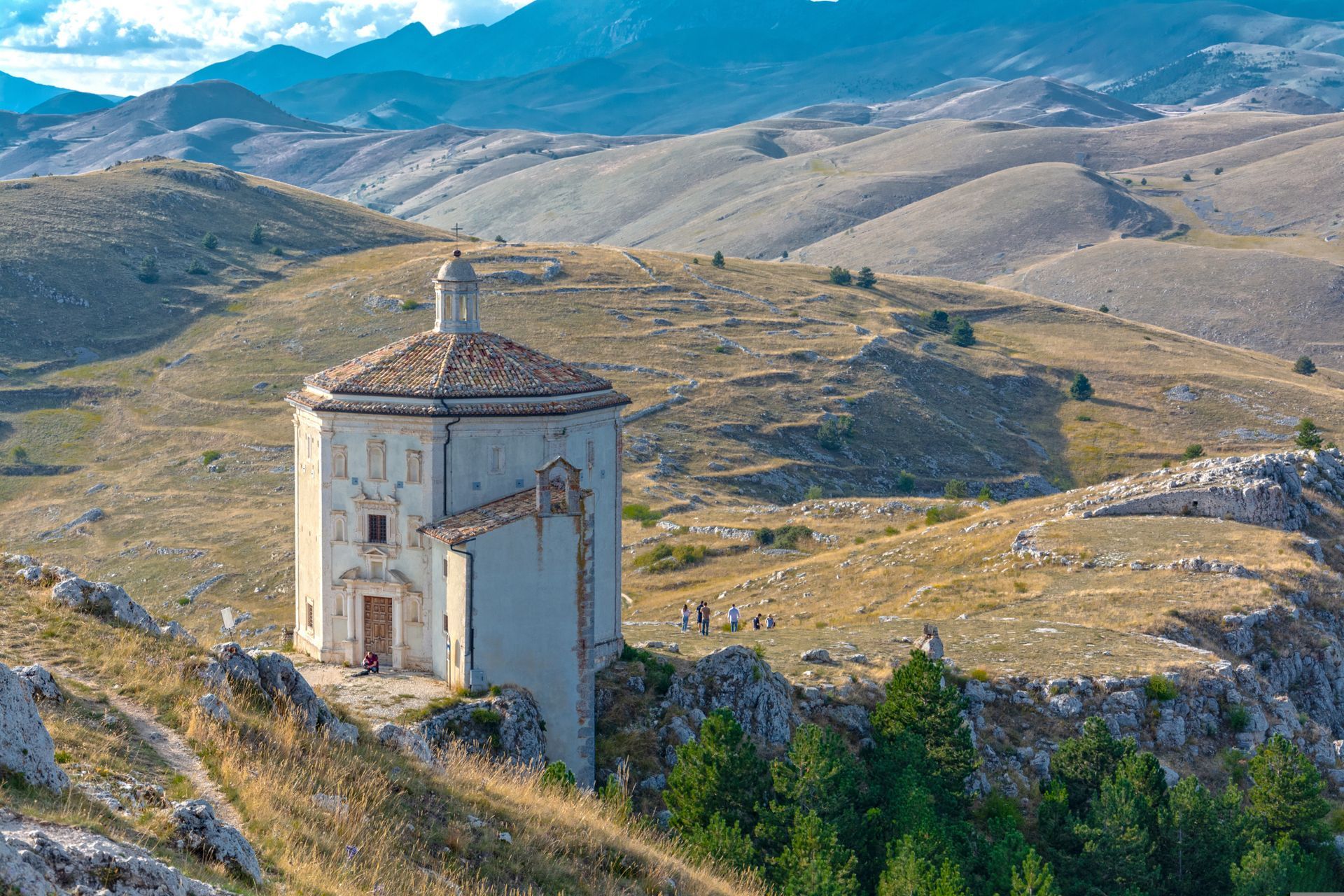
Why Abruzzo's Villages Matter More Than Ever
In an era of mass tourism and Instagram hotspots, Abruzzo's small villages offer something increasingly rare: authenticity. Unlike the polished tourist destinations that have lost their soul to commercialisation, these borghi maintain their original character, inhabited by locals who still practice traditional crafts, celebrate ancient festivals, and welcome visitors as guests rather than customers.
The region's geographical position—nestled between the Apennine Mountains and the Adriatic Sea—has historically kept it off the beaten path. This isolation, once considered a disadvantage, has become Abruzzo's greatest asset. Here, sustainable tourism isn't just a buzzword; it's a necessity that helps preserve communities that might otherwise face abandonment.
The Most Beautiful Villages You've Never Heard Of
Santo Stefano di Sessanio
Perched at 1,250 meters above sea level, Santo Stefano di Sessanio appears frozen in time. This medieval village, built entirely from local white stone, was once a crucial stop along ancient sheep-herding routes. Today, its narrow cobblestone streets and 14th-century towers create an atmosphere so authentic that walking through it feels like stepping into a living museum.
The village's restoration project, led by visionary Daniele Kihlgren, has transformed abandoned buildings into a unique "albergo diffuso"—a distributed hotel that uses the entire village as accommodation. This innovative approach preserves the architectural integrity while providing sustainable income for local residents.
What makes Santo Stefano special isn't just its beauty, but its commitment to authenticity. No modern signage mars the ancient facades, no tourist shops sell plastic souvenirs, and the few restaurants serve traditional Abruzzese cuisine using locally sourced ingredients.
Scanno
Often called the "Pearl of Abruzzo," Scanno sits beside a heart-shaped lake that photographers have immortalized for decades. The village's distinctive architecture, with its narrow streets and stone houses topped by red tiles, creates a harmonious ensemble that seems designed by nature itself.
Scanno's most famous tradition is its intricate goldsmith work, particularly the "presentosa"—an elaborate pendant that local women still wear during festivals. The village's artisans have passed down these techniques through generations, creating jewelry that tells the story of Abruzzo's cultural heritage.
The nearby Lago di Scanno offers opportunities for peaceful walks and reflection, while the surrounding mountains provide hiking trails that reveal breathtaking vistas of the Sagittario Valley. This combination of cultural richness and natural beauty makes Scanno a perfect destination for conscious travelers seeking depth over superficial attractions.
Civitella del Tronto
Dominated by one of Europe's largest fortresses, Civitella del Tronto represents the strategic importance of Abruzzo throughout history. This border village, perched on a rocky spur overlooking the Salinello Valley, was the last stronghold of the Kingdom of Two Sicilies to surrender to the newly unified Italy in 1861.
The massive fortress, stretching over 500 meters in length, tells the story of centuries of conflict and resistance. But the village below the walls reveals a different narrative—one of peaceful daily life, where elderly residents still gather in small piazzas to share stories and where local festivals celebrate traditions that predate the fortress itself.
Walking through Civitella del Tronto means encountering layers of history at every turn. Medieval churches hide Renaissance frescoes, while 18th-century palaces bear witness to the village's former prosperity. Each stone seems to whisper stories of the past, making every visit a journey through time.
Living Traditions in Mountain Communities
Abruzzo's villages aren't museums; they're living communities where ancient traditions continue to thrive. In Pescocostanzo, master craftsmen still create intricate lace and ironwork using techniques that date back centuries. The village's workshops, passed down through families for generations, produce pieces that are genuine works of art rather than tourist trinkets.
The tradition of transhumance—the seasonal movement of sheep between mountain and valley pastures—still influences village life throughout Abruzzo. Ancient tratturi (sheep tracks) connect communities and remind visitors that these mountains have sustained pastoral cultures for millennia. Today, some villages celebrate this heritage with festivals that showcase traditional music, dance, and cuisine.
Food traditions remain particularly strong in Abruzzo's villages. Each borgo has its specialities, from Sulmona's famous confetti (sugared almonds) to Anversa degli Abruzzi's cave-aged cheeses. These aren't commercial enterprises designed for tourists but genuine expressions of local identity, where recipes are family secrets and ingredients come from the surrounding landscape.
The Art of Slow Discovery
Visiting Abruzzo's villages requires a different mindset from typical tourism. These places reveal their secrets slowly, rewarding visitors who take time to observe, interact, and understand. The best discoveries happen through conversations with locals, whether it's learning about medicinal herbs from an elderly woman tending her garden or discovering a hidden chapel from a shepherd who's walked these mountains for decades.
Morning markets in villages like Pacentro or Guardiagrele offer authentic glimpses into daily life. Here, vendors sell produce from their own gardens, and customers discuss the weather, family news, and local events in thick Abruzzese dialect. These markets aren't staged for tourists; they're genuine community gatherings that have taken place in the same piazzas for centuries.
The rhythm of village life follows patterns established long before tourism existed. Shops close for extended lunch breaks, evening passeggiata (strolls) bring entire families onto the streets, and Sunday mornings mean church bells and family gatherings. Visitors who align themselves with these rhythms discover an Italy that exists far beyond guidebook descriptions.
Sustainable Tourism That Preserves Culture
The challenge facing Abruzzo's villages is balancing preservation with economic survival. Many young people have left for opportunities in larger cities, leaving ageing populations struggling to maintain communities their families have inhabited for generations. Sustainable tourism offers a solution, but only when it respects local culture and provides genuine benefits to residents.
The most successful examples involve visitors in village life rather than simply observing it. Cooking classes use family recipes and local ingredients, craft workshops teach traditional techniques, and hiking excursions include historical and cultural context. This approach creates meaningful exchanges between visitors and locals while generating income that supports traditional ways of life.
Accommodation options increasingly reflect this philosophy. Rather than building new hotels, many villages have restored traditional buildings as guest houses, maintaining architectural authenticity while providing modern comfort. These projects often involve multiple generations of local families, ensuring that tourism benefits flow directly to the community.
Connecting Villages Through Ancient Paths
Abruzzo's villages are connected by a network of ancient paths that offer some of Italy's finest hiking experiences. The Sentiero del Cuore (Path of the Heart) links several villages in the Maiella National Park, passing through landscapes that change dramatically with altitude and season.
These paths weren't created for tourism; they evolved over centuries as routes for shepherds, merchants, and pilgrims. Following them today means walking in the footsteps of countless generations who shaped the culture and landscape of these mountains. Trail markers often indicate historical sites, natural features, and viewpoints that have significance beyond their scenic value.
The Via dei Borghi (Villages Route) specifically connects many of Abruzzo's most beautiful villages, allowing visitors to experience the diversity of mountain communities. Each stage reveals different architectural styles, local specialities, and cultural traditions, demonstrating how geography and history combined to create distinct identities within a relatively small region.
The Future of Authentic Italian Villages
Abruzzo's villages represent a model for sustainable rural tourism that other regions are beginning to emulate. By prioritising authenticity over commercial appeal, these communities have discovered that discerning travellers increasingly seek genuine experiences over superficial attractions.
The key to this success lies in understanding that authentic tourism isn't about recreating the past but about supporting living cultures that continue to evolve while maintaining their essential character. Visitors who approach these villages with respect, curiosity, and patience discover not just beautiful places but insights into different ways of living and being.
Climate change and global economic pressures create new challenges for mountain communities, but they also create opportunities for innovative approaches to sustainable development. Villages that once seemed destined for abandonment are finding new life through carefully managed tourism that celebrates rather than exploits their unique character.
Planning Your Village Discovery Journey
The best time to visit Abruzzo's villages depends on what you seek. Spring brings wildflowers and mild weather perfect for hiking, while autumn offers harvest festivals and the region's famous sagre (food festivals). Winter transforms villages into snow-covered sanctuaries where local traditions feel most authentic, though some mountain communities may be difficult to reach.
Each village rewards different types of exploration. Art lovers gravitate toward places like Tagliacozzo with its Renaissance architecture, while nature enthusiasts prefer villages like Anversa degli Abruzzi that serve as gateways to national parks. Food enthusiasts might focus on villages known for specific specialities, from Navelli's saffron to Altino's honey.
The most rewarding approach involves staying in one or two villages rather than rushing through many. This allows time for the unexpected discoveries that make village visits memorable: stumbling upon a festival, joining an impromptu cooking lesson, or simply sharing stories with locals over a glass of Montepulciano d'Abruzzo wine.
Abruzzo's hidden villages offer something increasingly rare in modern travel: the opportunity to experience authentic places that exist for their residents rather than for visitors. In an age of overtourism and commercialised experiences, these communities provide a different model—one where tourism supports rather than replaces traditional ways of life. For travellers seeking meaning beyond sightseeing, Abruzzo's villages represent Italy at its most genuine and most generous.
Discover authentic Abruzzo village experiences with local guides who share their knowledge and passion for preserving traditional culture. Contact us to plan your sustainable village tour that benefits local communities while creating unforgettable memories.
